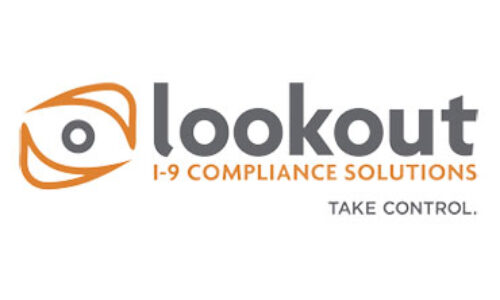
Recently, the U.S. Immigration and Customs Enforcement (ICE) and the Department of Homeland Security (DHS) jointly announced an I-9 flexibility extension for those workplaces continuing to operate remotely amidst the coronavirus pandemic. If there are employees physically present at a work location, no exceptions are being implemented at this time for in-person verification of identity and employment eligibility documentation for Form I-9, Employment Eligibility Verification. The revised flexibility proclamation deals primarily with Section Two of the Form I-9 and the extension has been expanded with a new deadline of August 31, 2021.
I-9 Flexibility Extension
As of April 1, 2021, the Department of Homeland Security revised its extension of its original flexibility guidelines. Under this extension:
- Companies with employees who are in person at a company location on a predictable or regular basis will be required to inspect Form I-9 Section Two documents in person.
- Employers hiring employees on or after April 1, 2021 that work remotely due to the pandemic should be temporarily exempt (until the extension expires) from inspecting their Form I-9 Section Two documents in person.
The current extension that went into effect on April 1 is expected to be valid until August 31, 2021, at which point the Department of Homeland Security may reevaluate and either discontinue or renew the extension.
What Is in Section Two of the Form I-9?
The Form I-9 is the result of the 1986 Immigration Reform and Control Act. As of its passing, the federal government requires an employer to verify a new employee’s identity and work eligibility for them to be authorized to work in the United States.
The form has three main sections, each with its own set of rules and deadlines. The first section of the form deals primarily with collecting an employee’s personal information to aid in verifying their identity. The third section is geared toward an employee name change, rehire within three years of an original Form I-9, or the renewal of an expiring work authorization.
Section Two is the part of the form most affected by the above mentioned I-9 flexibility extension. It requires an employee to provide their employer with Form I-9 approved documentation to aid with verifying their eligibility to work. There are three lists of documents generally approved to be used for Section Two including:
- List A Documents: These documents can help establish an individual’s identity and work eligibility.
- List B Documents: These documents are generally for the purpose of establishing an employee’s identity and may also require that an item from List C Documents be presented as well.
- List C Documents: The documents on this list can help establish an employee’s authorization to work and usually require an item from List B Documents also be presented.
The verifying of identity and work authorization as it pertains to Section Two of the Form I-9 is typically required to be done in person and within three business days of an employee’s first day. However, the coronavirus pandemic has necessitated some flexibility, hence the guidelines of the extension listed below.
Original I-9 Flexibility Guidelines
With a large number of companies still working remotely amidst the coronavirus pandemic, the Department of Homeland Security said it would use discretion in deferring some physical presence requirements related to the Form I-9.
More simply put, this may exempt employers of companies working remotely from reviewing a new employee’s identity and work eligibility documents in their physical presence. It does not give employers a pass from performing due diligence in inspecting documents remotely within the three business day deadline indicated on the Form I-9. It is critical for employers to note COVID-19 as the reason for the delay of Form I-9 Section Two documents.
Employers choosing to take advantage of the Department of Homeland Security’s temporary discretion should:
- Offer written documentation of each employee’s remote onboarding
- Offer written documentation of each employee’s telework policy
As previously noted, this flexibility may only be offered to employers who are operating remotely. A business with employees onsite is not eligible.
However, once regular in-person operations begin again for a once remote employer, within three days they should:
- Review identification and work eligibility documents in person for employees onboarded remotely during the pandemic
- Note the date of that physical inspection on the Form I-9
Stay Up To Date on Developments
To stay on top of the latest developments, employers are encouraged to closely follow the Department of Homeland Security and U.S. Immigration and Customs Enforcement websites for more information. This is critical as when the extension expires, employers will be held responsible for meeting the most current Form I-9 guidelines. Failure to do so could negatively impact their compliance status.
If you have questions regarding the Department of Homeland Security (DHS) and U.S. Immigration and Customs Enforcement (ICE) and the I-9 flexibility extension, reach out to a reputable and experienced provider who is intimately familiar with I-9 compliance rules and regulations for assistance.


Leave a Reply